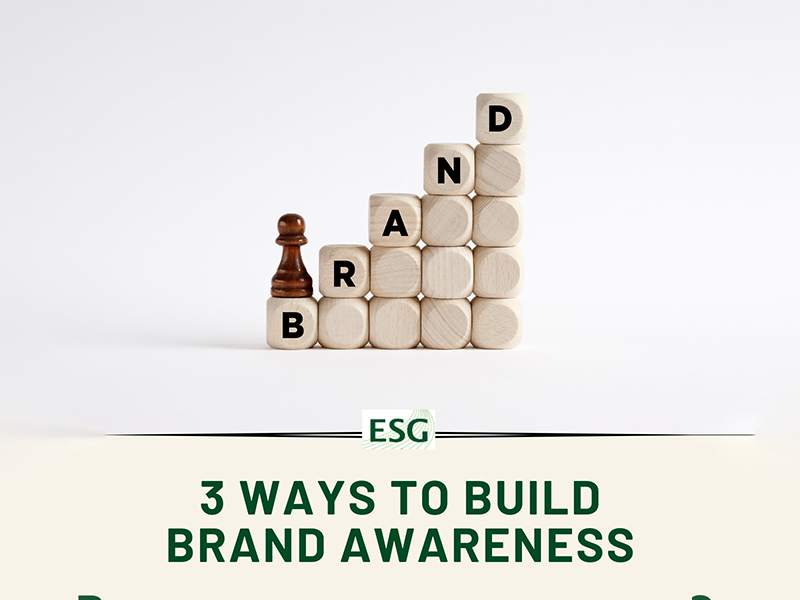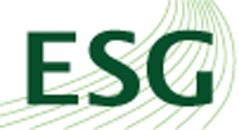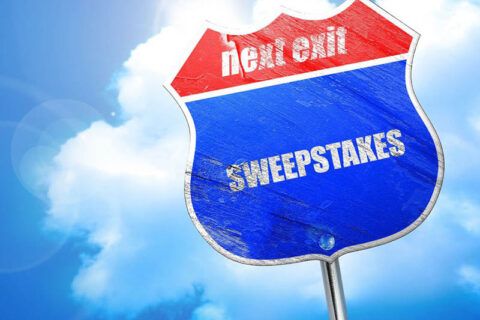3 Innovative Ways to Boost Brand Awareness: Ideas for Marketing Teams

Building positive brand recognition and awareness requires more than traditional advertising and marketing tactics. To stand out, you’ll need to bypass banner and billboard blindness and the itchy trigger finger poised over the “forward 30 seconds” button. Instead, brands need to engage their target audiences in creative, memorable ways that build real connections. In this article, we explore three innovative and unconventional methods to increase brand recognition. Each one aligns with modern consumer behavior, including gamified social media challenges, sweepstakes, and Random Acts of Kindness campaigns.
1. Create a Gamified Social Media Challenge
Gamification is a proven way to capture attention and increase engagement, especially on social media. By creating a fun, shareable challenge that aligns with your brand’s values or product offerings, you can organically increase your visibility while fostering a sense of community.
For instance, a fitness brand might create a “30-Day Movement Challenge” where participants complete a different physical activity each day and share their progress using a dedicated hashtag. Not only does this create continuous engagement, but it also encourages user-generated content, turning your customers into brand ambassadors. The key to success is making the challenge simple, fun, and directly tied to your brand’s messaging. Ensure the reward is enticing, whether it’s a free product, branded gear, or a larger prize for completing the challenge. Ideas are endless depending upon your brand, timing, and budget. Below are two examples for a skincare company and a restaurant:
- #GlowUp Challenge: A skincare brand could challenge users to complete a “7-Day Glow-Up” by posting daily updates using the product and tagging the brand. Tag a friend for extra points or ask participants to vote or suggest glow-up ideas for others, like choosing an outfit, hairstyle, or makeup look via polls.
- #FlavorQuest Challenge: A restaurant can engage customers by encouraging them to explore the restaurant’s menu and share their experiences on social media with a photo and review. Level up by awarding points for a unique menu item that is shared or award bonus points for themed days like “Taco Tuesday” or “Sweet Tooth Saturday.”
It is important to remember that just because you can run a challenge on every social media platform, doesn’t mean you should. Your target demographic can help you out here because different platforms attract distinct audiences based on age, interests, and behaviors. For example, Instagram appeals to younger, visually driven users; Facebook has a broader, slightly older demographic; and TikTok is ideal for Gen Z and millennials who enjoy short, creative videos.
Your goals and objectives can also help you decide which platform to run your challenge on. For example, if the goal is brand awareness, choose platforms with high sharing potential like TikTok or Facebook. For audience-specific engagement, focus on platforms where your core demographic is most active.
2. Execute a Brand-Focused Sweepstakes
Sweepstakes remain one of the most effective ways to generate excitement around a brand. To take it up a notch, focus on aligning the prize with your brand’s mission or offerings. Instead of generic giveaways, think about offering something that provides value to your audience while reinforcing your brand.
For example, if you run a travel company, a sweepstakes offering an all-expenses-paid trip that highlights your key destinations would resonate well. Not only does this entice entries, but it also reinforces your brand’s core promise: offering unforgettable travel experiences.Participation is incentivized while also aligning the company’s identity and enhancing the brand affinity. A few more examples:
- An automobile company could launch a “Drive Into the Future Sweepstakes” and award a branded electric scooter or e-bike featuring the car brand’s logo, designed to reflect the company’s commitment to innovation and sustainability. This works because the prize ties into the automobile brand’s mobility theme and appeals to eco-conscious consumers while promoting the company’s forward-thinking image.
- A retailer can run a “Shop & Shine Sweepstakes” that awards ten lucky winners with a $1,000 gift card to the retailer plus an exclusive branded tote bag or high-quality duffel bag featuring the retailer’s logo. This works well because the gift card drives customers back to the store while the tote/duffel offers an everyday-use branded item, keeping the brand top-of-mind for participants.
- A breakfast cereal brand can deploy a “Mornings Made Better Sweepstakes” that awards a branded breakfast kit, including a custom cereal bowl, spoon, and insulated coffee tumbler with the brand’s logo, plus a year’s supply of the cereal. The breakfast kit reinforces the brand’s role in morning routines and creates lasting daily brand visibility in consumers’ homes.
For any sweepstakes campaign to be successful, allocate resources for both the conception and execution of the sweepstakes, as well as the prize itself. The investment must cover promotional costs and the development of digital infrastructure to track entries. Sweepstakes also offer measurable returns through website traffic increases, email list growth, and social media engagement.
3. Run a Random Acts of Kindness Campaign
A Random Acts of Kindness (RAOK) campaign is a powerful, unconventional way to boost positive brand recognition. This involves surprising people with gestures that align with your brand’s values—without expecting anything in return. It can be as simple as a coffee brand paying for customers’ drinks at a local café, leaving a note that says, “This one’s on us!” with a subtle nod to your brand.
Let’s say your brand is an airline and you want to lean into the RAOK concept by running a “Smiles for Miles” promotion. For a predetermined time, a day or a week, upgrade a passenger (or passengers) to first class travel just because. Another idea that works to reach an audience of socially and politically engaged customers, is to donate a percentage of sales to a well known cause; again, make sure you create a clear timeline for this and then promote the heck out of it when it’s done. The goal is to create positive associations for your brand in meaningful and measurable ways.
Your brand can also create a giveaway or sweepstakes based on the RAOK concept. For example, a roofing company can run a “Raise the Roof Giveaway” where people nominate a deserving family or neighbor in need of roof repairs or replacement. Participants share a brief story about why their nominee deserves the surprise. The winning nominee gets a free roof repair or replacement plus a year’s worth of home home improvement gift cards for smaller projects. The company’s feel-good factor goes through the roof because they helped someone in need while showcasing their commitment to community care and home safety. In the long run, this giveaway generates heartwarming stories, builds goodwill, and positions the roofing company as a trusted, compassionate partner in home improvement.
The charm of RAOK campaigns is their unexpected nature, which makes them memorable. Consumers are more likely to share their positive experiences organically, often resulting in viral, word-of-mouth marketing. When done right, these campaigns humanize your brand, build emotional connections, and generate goodwill – all of which are crucial for long-term name recognition.
Aligning with Your Target Audience
Whether you’re launching a gamified challenge, a sweepstakes, or a RAOK campaign, aligning these initiatives with your target audience is critical. Understanding what resonates with your audience – whether it’s fitness, travel, or something more niche – helps ensure your campaign is engaging, authentic, and effective.
Measuring ROI and Success
Measuring the return on investment (ROI) for these campaigns is essential. Ensure that before you’ve even begun the campaign, you’re able to identify the indicators and metrics that you want to improve. For gamified challenges, track metrics like hashtag usage, social shares, and user-generated content. For sweepstakes, evaluate web traffic, entry numbers, and follower growth. RAOK campaigns can be measured through online mentions, brand sentiment analysis, press mentions, and even customer feedback. And always remember to tie these measurements back to your initial goals: whether it’s brand exposure, customer acquisition, or increased engagement.
By implementing these innovative tactics, marketing teams can tap into unconventional methods that capture attention, build goodwill, and (most important) boost long-term brand recognition.


